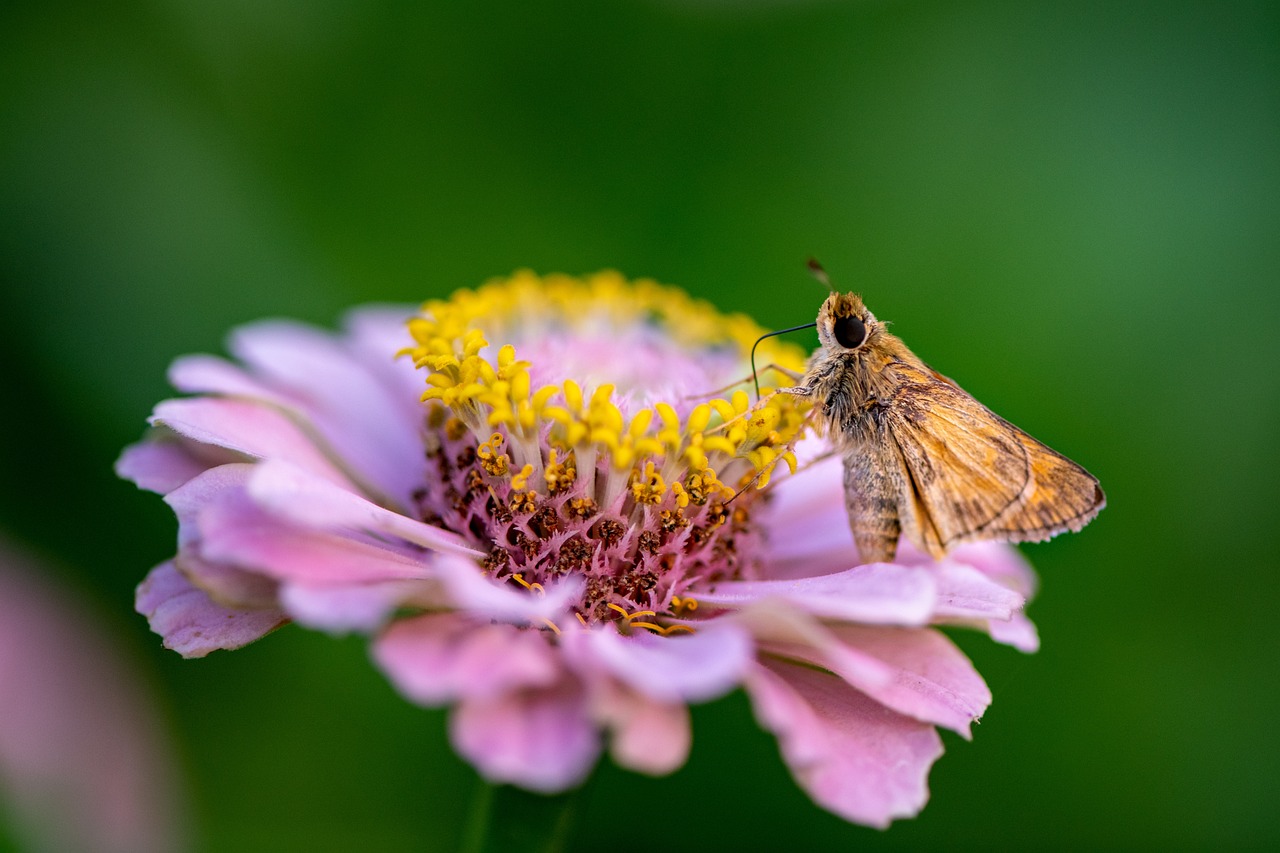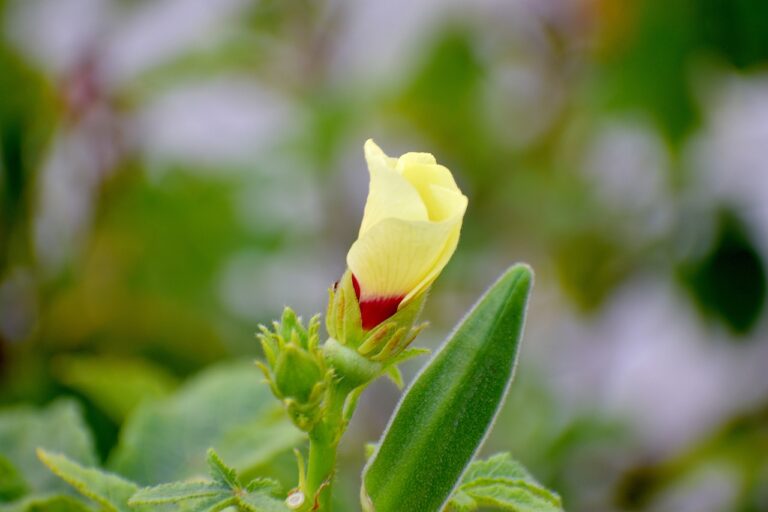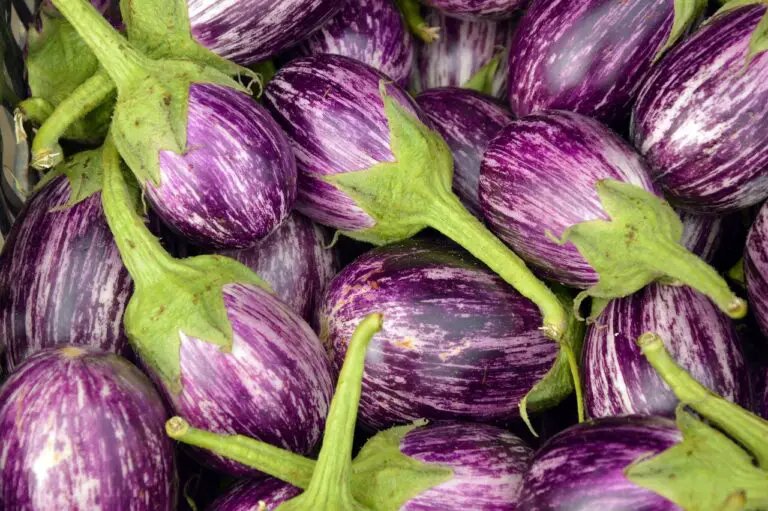10 Fun Facts About the Rosy Maple Moth

The Rosy Maple Moth (Dryocampa rubicunda) is one of nature’s most strikingly beautiful moths, with its vibrant pink and yellow coloration. Found primarily in North America, this small yet colorful insect has captured the fascination of entomologists and nature enthusiasts alike. Here are ten intriguing facts about the Rosy Maple Moth that highlight its unique characteristics and life cycle.
1. Stunning Coloration
The Rosy Maple Moth is best known for its bright and cheerful colors. Its wings are adorned with a combination of pink and yellow hues, making it one of the most visually appealing moths in existence. This coloration can vary in intensity and pattern, with some individuals displaying more pink, while others have a predominance of yellow.
This vivid coloration not only makes the Rosy Maple Moth easy to identify but also serves a purpose in the wild. The bright colors can act as a warning to potential predators that the moth may be toxic or unpalatable, a common defense mechanism among many brightly colored insects.
2. Small Size
Despite their vibrant appearance, Rosy Maple Moths are relatively small. Their wingspan ranges from 3.2 to 5.0 cm (1.25 to 2 inches), making them quite diminutive compared to other moth species. Their small size allows them to remain relatively inconspicuous among the leaves and bark of their preferred habitats.
Their compact size, combined with their colorful appearance, makes the Rosy Maple Moth a delightful find for those lucky enough to spot one. Observers often describe the moths as looking like “flying pieces of candy,” adding to their charm and appeal.
3. Habitat and Distribution
Rosy Maple Moths are predominantly found in deciduous forests across North America. Their range extends from Canada in the north, down through the eastern United States, and into parts of the southern states. They are most commonly associated with areas where maple trees, particularly red and silver maples, are abundant.
These moths thrive in environments where their host trees are plentiful. The caterpillars feed primarily on the leaves of maple trees, which provide the necessary nutrients for their growth and development. This strong association with maples has given the moth its common name.
4. Life Cycle
The life cycle of the Rosy Maple Moth is typical of many moth species. It begins with the laying of eggs on the underside of maple leaves. The eggs hatch into caterpillars, which are initially green but turn a striking yellow as they mature. These caterpillars are often called “green-striped mapleworms” due to their distinctive appearance.
After several weeks of feeding, the caterpillars pupate, forming cocoons in which they undergo metamorphosis. The adult moths emerge from their cocoons ready to mate and continue the cycle. The entire process from egg to adult takes about six to eight weeks, with multiple generations occurring each year in warmer climates.
5. Feeding Habits
As caterpillars, Rosy Maple Moths have a voracious appetite for maple leaves. They can consume large quantities of foliage, sometimes causing noticeable damage to their host trees. However, this feeding activity is usually not severe enough to harm healthy trees, and the trees can typically recover from the defoliation.
Adult Rosy Maple Moths, on the other hand, do not feed at all. Their primary focus as adults is reproduction. Once they emerge from their cocoons, they have only a short lifespan of a few days to a week, during which they must find mates and lay eggs to ensure the continuation of their species.
6. Nocturnal Behavior
Like many moths, the Rosy Maple Moth is primarily nocturnal. They are most active during the night when they engage in activities such as mating and laying eggs. This nocturnal behavior helps them avoid many predators that are active during the day.
Their attraction to light is a common trait among nocturnal moths. You might spot Rosy Maple Moths around porch lights or street lamps during the evening hours, drawn by the artificial illumination.
7. Reproductive Strategies
Rosy Maple Moths have developed interesting reproductive strategies to maximize their chances of successful mating. Males are equipped with highly sensitive antennae that can detect the pheromones released by females from great distances. This allows males to locate females even when they are far apart.
Females lay their eggs in clusters on the undersides of maple leaves, ensuring that the emerging caterpillars have an immediate food source. This strategic placement helps the caterpillars start feeding as soon as they hatch, increasing their chances of survival.
8. Seasonal Appearance
The presence of Rosy Maple Moths is highly seasonal. In the northern parts of their range, they are typically seen from late spring through summer. In warmer southern regions, they can be observed almost year-round, with multiple generations overlapping.
Their seasonal appearance is closely tied to the life cycle of maple trees, which provide the necessary habitat and food for the caterpillars. The timing of their emergence ensures that the caterpillars have fresh foliage to feed on during their most active growth periods.
9. Interaction with Humans
While not harmful to humans, the Rosy Maple Moth can occasionally become a minor nuisance when large populations of caterpillars defoliate ornamental maple trees. However, their impact is generally minimal, and they are more often appreciated for their beauty rather than regarded as pests.
Gardeners and nature enthusiasts often welcome sightings of Rosy Maple Moths, as their presence indicates a healthy and diverse ecosystem. Their colorful appearance makes them a popular subject for photographers and naturalists.
10. Conservation Status
The Rosy Maple Moth is not currently considered endangered or threatened. Its widespread distribution and relatively stable population numbers suggest that it is not at immediate risk. However, habitat loss and environmental changes could potentially impact their populations in the future.
Conservation efforts aimed at preserving natural habitats and maintaining healthy forests will help ensure the continued presence of this delightful moth. By protecting the environments where maple trees thrive, we can help support the diverse range of species that depend on these ecosystems, including the Rosy Maple Moth.






